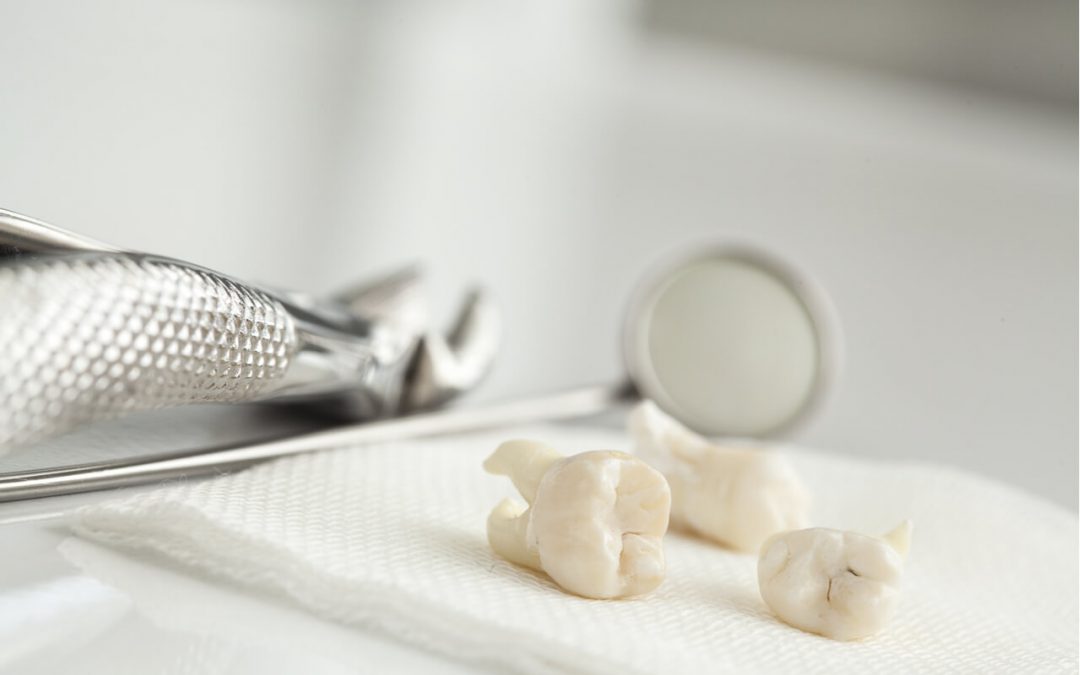How can you tell if you have a wisdom tooth extraction infection? What can be done for such a situation? This article will talk about important facts about wisdom teeth extractions. Continue reading to find out how to recognize a wisdom tooth extraction infection and how to handle it.
Wisdom teeth extraction
Why do some people need to have a wisdom tooth extraction? The reason behind the need for extraction of wisdom teeth is either to help get rid of a wisdom tooth infection inside the tooth or because the dentist recommended the extraction of the wisdom tooth to prevent oral problems later on. A dentist may recommend the removal of a wisdom tooth even if the tooth is not causing any pain or inconvenience to the person yet. If your dentist recommends the extraction of your wisdom tooth in the absence of pain, talk to them about it. They will be happy to explain to you why they recommended a wisdom tooth extraction procedure.
How to spot a wisdom teeth extraction infection
Wisdom tooth infection usually happens around one to two weeks after the wisdom tooth extraction procedure happens. Wisdom tooth infection occurs if the tooth extraction site is not cleaned properly. However, pain is normal, especially right after the tooth extraction procedure happens. How do you spot a wisdom tooth extraction infection? Here is a list of symptoms to look out for if you are trying to determine if you have a infection in your wisdom tooth extraction site.
Pain
 Although, as with any type of surgery, feeling pain immediately following the tooth extraction is normal. However, the pain you feel should subside as the days pass. After the wisdom tooth extraction, the pain should get less and less as the days go by until the pain will be totally gone. If you experience pain that seemingly gets worse as time passes, this may be a sign of infection in the wisdom tooth extraction site.
Although, as with any type of surgery, feeling pain immediately following the tooth extraction is normal. However, the pain you feel should subside as the days pass. After the wisdom tooth extraction, the pain should get less and less as the days go by until the pain will be totally gone. If you experience pain that seemingly gets worse as time passes, this may be a sign of infection in the wisdom tooth extraction site.
Swelling
Redness and swelling in the area, like pain, is normal for the hours and up to a few days following the procedure. However, if the swelling does not go down as time goes by, this may also be an indication of an infection on the wisdom tooth extraction site.
A fever of over 100 degrees
If it has been a few days since the wisdom tooth extraction had just finished, a fever is normal, because your body is trying to kill any infection that may be developing. However, if it has been days since the tooth extraction procedure, a fever that is over 100 degrees may be signalling that there is an infection in the site of the wisdom tooth extraction.
What to do about a wisdom tooth extraction infection
If you experience any of the symptoms mentioned above, it is a good idea to see your dentist right away. They will be able to recommend the best treatment option to get rid of the infection. It is important to seek treatment as soon as you discover or feel any symptoms of an infection after the wisdom tooth extraction procedure. If the infection is left untreated, it can cause many adverse effects on overall oral health. It can affect the surrounding teeth, gums and even the underlying bone that supports the teeth. That is why you should visit your dentist as soon as the infection symptoms surface.
Keep in mind that infections after wisdom teeth extractions can be avoided if the proper care is given to the extraction site after the procedure. Your dentist will usually provide you with a list of instructions on how to clean and tend to your wisdom tooth extraction site after the surgery. The dentist will advise you on what foods are best for you to consume, what habits to avoid, and what you should do for pain while you are recovering. If you make sure to follow these instructions, your risk of getting an infection after your wisdom tooth extraction will be lessened.


Recent Comments